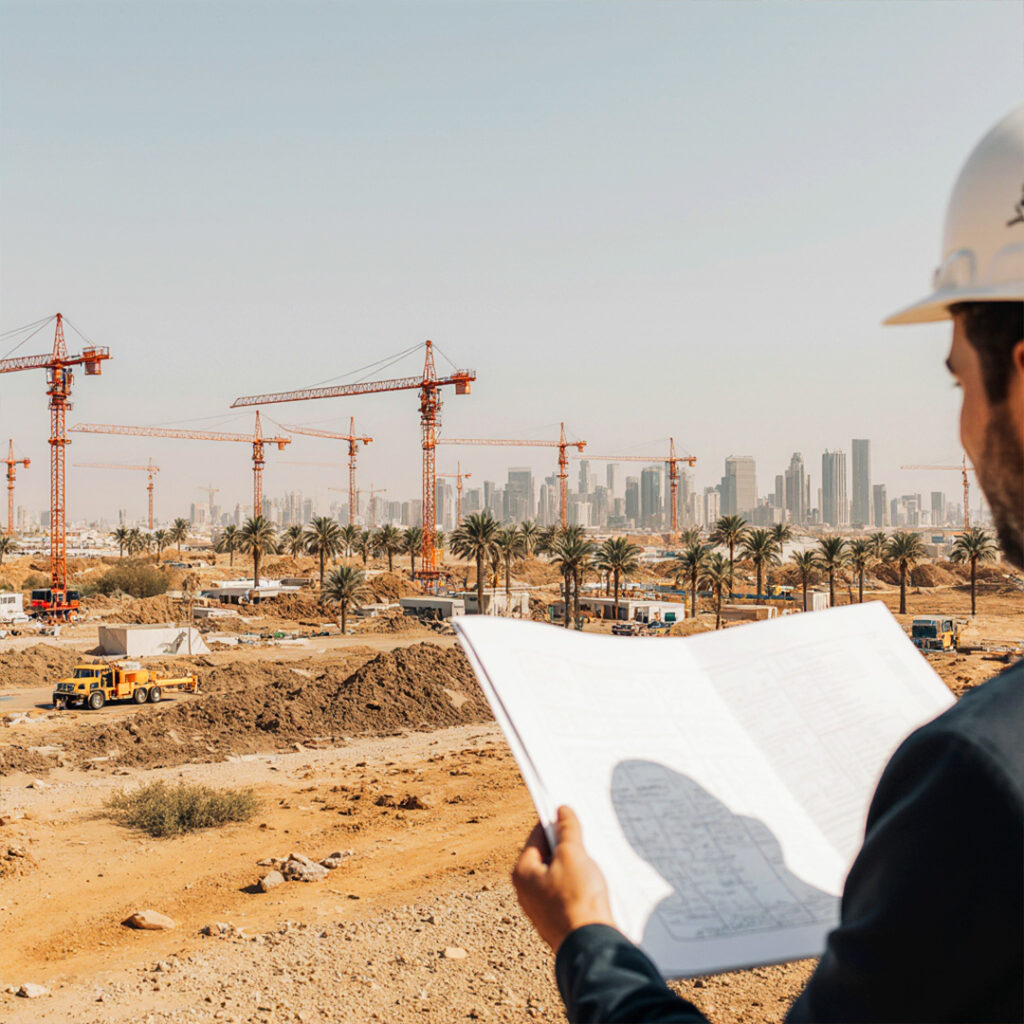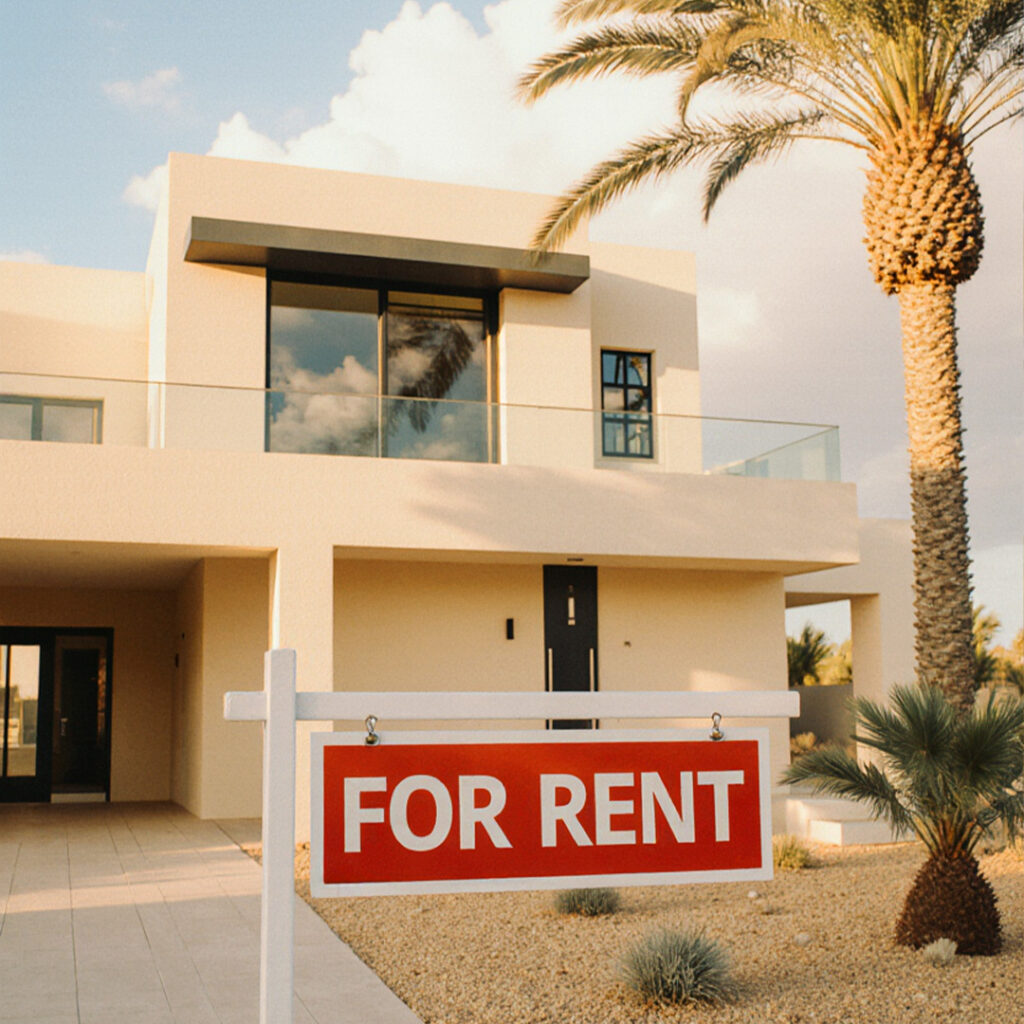In a recent 2025 report, Fitch Ratings flagged a potential 15% decline in Dubai residential property prices, citing oversupply risks and cooling demand.
As market dynamics shift, this forecast carries important implications for developers, landholders, and investment managers across the region.
What’s Behind the Forecast?
- A Wave of New Supply
Over 210,000 new housing units are expected to flood the market through 2026, double the average of previous years. Such rapid expansion, while signaling confidence, risks outpacing absorption rates and placing downward pressure on prices. - A Market That’s Peaked
Residential prices in Dubai have climbed nearly 60% since 2022, driven by high-net-worth migration, visa reforms, and post-pandemic investment. Fitch suggests this rally may now be entering a correction phase. - Cooling Demand Momentum
While reforms like long-term visas and Golden Residency continue to attract global interest, the pace of fresh capital inflows is slowing.
As a result, demand is expected to soften in the short term, particularly in the mid-market and high-rise segments.
Strategic Implications for Developers & Landowners
For firms engaged in land development and real estate asset planning, these shifts signal a pivotal moment to rethink pipeline timing, product mix, and asset utilization:
- Landowners may benefit from deferring launches or recalibrating masterplans to prioritize long-term community value over short-term yield.
- Asset managers should assess tenant mix, lease durations, and repositioning strategies, particularly in areas facing saturation.
- Mixed-use and ESG-compliant projects are likely to remain resilient as urban living preferences evolve.

Financial Sector Stability: A Cushion in Place
Fitch notes that UAE banks and major developers are well-capitalized to weather a moderate correction:
- Bank exposure to real estate has declined from 20% to 14% since 2022.
- Government-led consolidation efforts and economic diversification, through programs like D33, are reinforcing market fundamentals.

Historical Context: Not a 2009 Replay
Dubai’s property market has matured significantly since the 2009 crash, where prices tumbled 50–60%. This time, policy frameworks, financial discipline, and institutional backing offer a more measured, managed slowdown, a likely return to sustainable growth patterns.
What to Expect
Looking ahead, Dubai’s residential real estate market is expected to experience a price correction of up to 15% by 2026, largely driven by a sharp increase in supply, with over 210,000 new units projected to be delivered across the next two years.
Demand is likely to soften, particularly in segments that have seen speculative investment or heavy overseas inflows.
The most pronounced risks are expected in oversupplied zones and asset classes that lack clear long-term demand fundamentals.
Yet, within this shifting landscape lie opportunities. Stakeholders with a long-term land strategy and flexible development models will be best positioned to adapt.
Emerging priorities include rental asset focus, build-to-rent schemes, and adaptive planning that responds to changing urban preferences and population needs.
Outlook for Strategic Investors
For real estate asset managers and urban development firms, the current environment presents both risk and opportunity.
While short-term price volatility may affect margins, it also creates space for more forward-looking strategies, such as:
- Land banking is aligned with long-term demographic and infrastructure growth
- Build-to-rent or leasehold models designed to meet rising rental demand
- Redevelopment and repositioning in maturing or oversupplied submarkets
These approaches can help investors navigate the current correction while positioning for sustainable returns in the next growth cycle.

Final Thoughts
Dubai’s real estate market is recalibrating, not collapsing. With institutional safeguards in place and strategic vision from major players, a price correction of up to 15% may be a healthy reset, not a red flag.
For landholders and asset managers, the next 12–18 months offer a crucial planning window to reassess project pipelines, strengthen value propositions, and align with shifting urban and economic trends.
Want to navigate these shifts with a long-term lens?
Difo Holding continues to monitor market cycles, identifying value pockets where strategic land development and asset foresight can deliver resilient growth.





